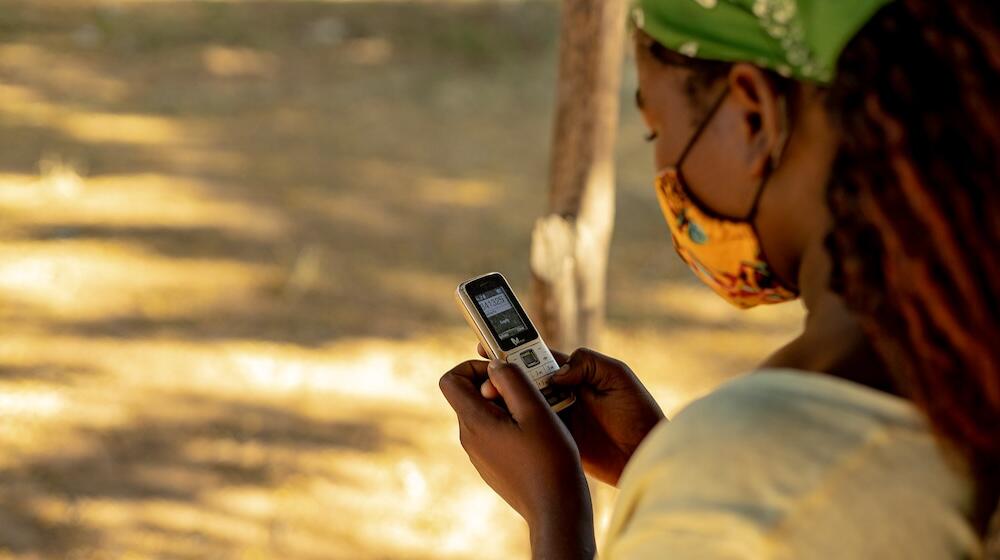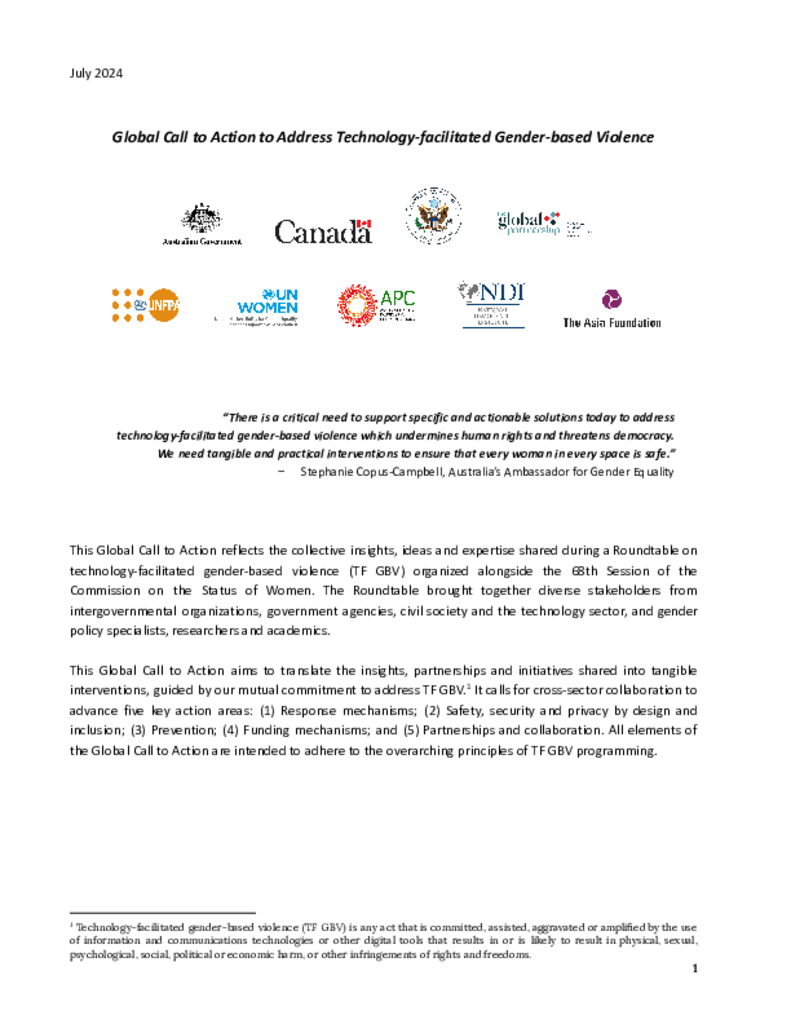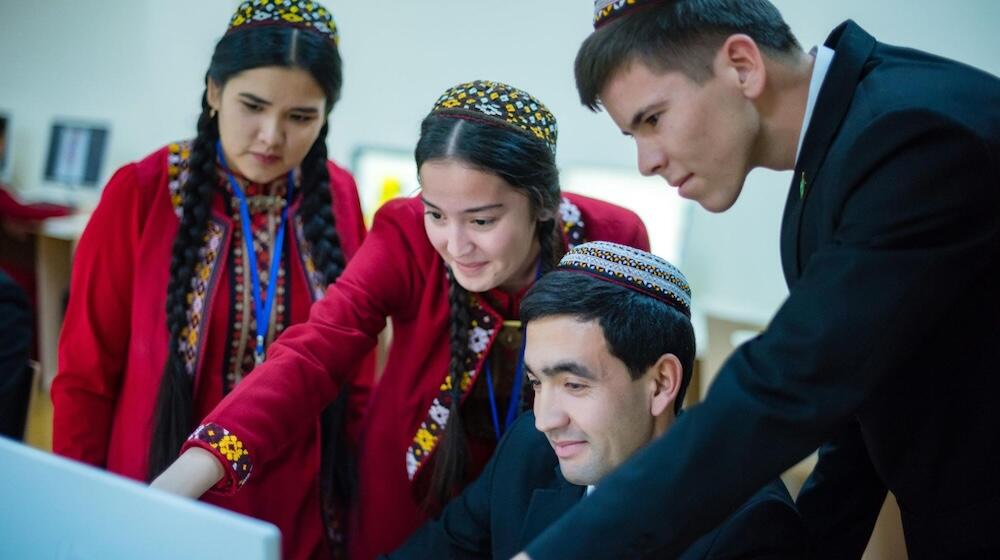With an estimated 736 million women - almost 1 in 3 - having been subjected to intimate partner violence, non-partner sexual violence or both at least once in their life (30% of women aged 15 and older), it is clear that gender-based violence stands to be one of the most pervasive human rights violations worldwide, affecting all countries and cutting across age, race, religion, culture, geography, and economic status.
Gender-based violence is both a cause and consequence of gender inequality and has significant negative health, safety and economic consequences – for women themselves, their families and communities but also for public services, society and the economy. Violence occurs across the life cycle of women and girls and in all settings including at home, in school, in public spaces, at work and online). In many contexts, GBV goes unreported, either due to prevalent and harmful social and gender norms that normalize GBV or as a result of stigma, shame, reprisal or a lack of availability of accessible and quality services.
As the world becomes increasingly digitized, so too have the platforms and spaces for the perpetration of gender-based violence. These virtual and online spaces and technologies permit perpetrators across the world to target women and girls right into the privacy of their phones, homes and workplaces. Reports of technology-facilitated gender-based violence (TF GBV) are widespread across the world: from cyberstalking and hate speech to doxxing and the non-consensual use of images and videos—such as deepfakes—online violence is rife.
Despite violence against women and girls being a reality everywhere, violence against women and girls is completely preventable.
‘The Virtual is Real’ presents a survivor-driven flagship event for UNFPA during its yearly 16 Days of Activism campaign for the prevention and elimination of GBV, with a special focus on TF GBV, as well as to further support the implementation of the UNFPA bodyright campaign.




